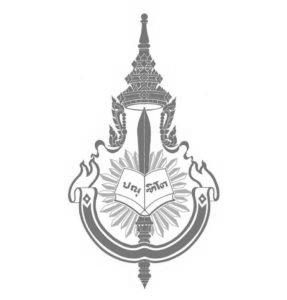Sasithon Pukrittayakamee1,2
and Arjen Dondorp3
1Department of Clinical Tropical Medicine, Faculty of Tropical Medicine, Mahidol University 2Associate Fellow of the Royal Institute of Thailand. 3Mahidol Oxford Tropical Medicine Research Unit (MORU), Faculty of Tropical Medicine, Mahidol University
Abstract
Quinine and Quin-Ghao (artemisinins) both have a centuries old medical history as effective anti-ague remedies and remain natureûs two most important anti-malarial drugs. From ancient records of early discovery, it took less than a decade for quinine to be widely used in Europe in the 17th century. In contrast, it took over a thousand years until the 20th century for Quin Ghao (artemisinin) to become known and accepted outside China. These divergent timelines of the two drugs, partly reflect differences in the scientific heritage between the two civilizations i.e general publication in the West versus confidential ownership in the East. Quinine, but especially artemisinin derivatives, still play an important role in malaria control and treatment as witnessed in the WHO malaria treatment guidelines. Recent evidence shows that artesunate is superior to quinine in preventing death from severe falciparum malaria. Quinine is more wildly available and has remained the first line anti-malarial regimen for first trimester pregnant women.
Key words: malaria, quinine, Quin-Ghao, artesunate
